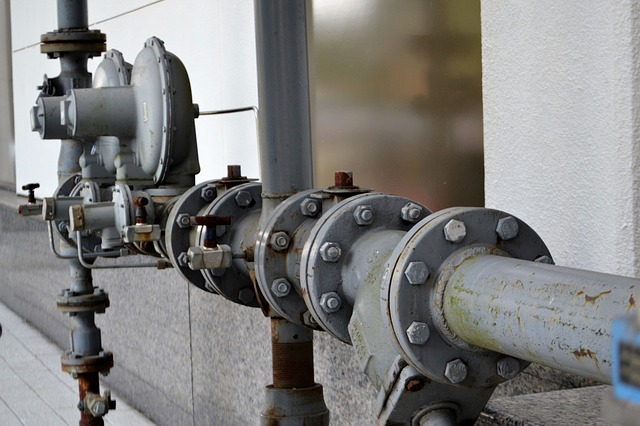Technology
Pressure Vessel Steel: Main Properties

Pressure Vessel Steel: Main Properties
Pressure vessel steel are essential for very serious constructions. Steel that’s chosen for these builds needs to be super stable and high-quality, as constructions where this steel is implemented into needs to overstay high pressure conditions. Materials for the manufacture of vessels and high-pressure apparatuses should be selected in accordance with the specifics of their design, manufacture requirements and operation specifications, as well as taking into account possible changes in the initial physical and mechanical properties of materials under the corrosive effect of the processed medium and under the conditions of this chemical process. So, when processing hydrogen-containing substances, hydrogen corrosion has a special effect on the performance, and at operating temperatures above 350°C, the creep of the material (in our case, it’s steel). In addition, you should always strive for low cost equipment that will be combined with good quality of the product.
What qualities pressure vessel steel shoes acquire before going to the customer?
Pressure vessel steel should have a low hardening sensitivity and high ductility. To ensure good weldability and resistance to aging, steel should be low carbon. In the heat-affected zone of welded joints, the necessary mechanical properties should be ensured without subsequent high-temperature treatment. To achieve high and uniform mechanical properties and heat resistance of coiled steel, it is alloyed with manganese, silicon, vanadium, niobium, chromium, nickel, molybdenum and titanium, and also subjected to thermomechanical treatment during rolling or heat treatment in continuous furnaces. The supply of steel is produced in rolls, ready for the process of winding the rolled shells.
Steel has to overbear exposure to temperature
Technological processes carried out at high pressure occur, as a rule, at high temperature (200-500°C and above); at the same time, the duration of the temperature effect on the metal can reach 100 thousand hours or more. Under these conditions, information on the mechanical properties of the materials used in their manufacture becomes much more important, since it is on their basis that the allowable stresses in the elements of high-pressure structures are calculated and their service life is established.
The existing experience of choosing steel for high pressure structures shows that the assessment of their performance at elevated temperatures for strength and ductility, determined during metal testing without taking into account the time factor, is allowed: for carbon steel at a temperature not higher than 380°С, for low alloyed steel the temperature is 420-450°С, for austenitic steel the temperature is not higher than 525°С. At higher operating temperatures, the strength and plastic characteristics of steels should be assessed taking into account the influence of the duration of exposure to static loads and temperatures. Under these conditions, the properties of the steel are evaluated on the basis of the following characteristics: temporary resistance; long-term strength limit; maximum plasticity at failure. This is always made to be sure that a ready-to-use construction will withstand different temperatures. The lengthier the process of such exposure, the better the initial product will be when placed in aggressive conditions.

-

 Technology2 years ago
Technology2 years agoVoIP Number: Everything You Need To Know
-

 Music4 weeks ago
Music4 weeks ago[Music] Gnash Ft Olivia O’Brien – I Hate you, I Love you
-

 Music3 weeks ago
Music3 weeks ago[INSTRUMENTAL] John Legend – All Of Me
-

 Music4 weeks ago
Music4 weeks agoAlan Walker – Faded [INSTRUMENTAL]
-

 Music3 weeks ago
Music3 weeks ago[Video] 21 Savage ft. Offset & Metro Boomin – Rap Saved Me
-

 Music4 weeks ago
Music4 weeks ago[Instrumental] Wiz Khalifa – See You Again ft. Charlie Puth
-

 ANE Stories4 months ago
ANE Stories4 months ago[STORY] AMAKA THE LESBIAN (Complete Episodes)
-

 Music4 weeks ago
Music4 weeks ago[Music] Akon – Sorry Blame It On Me































